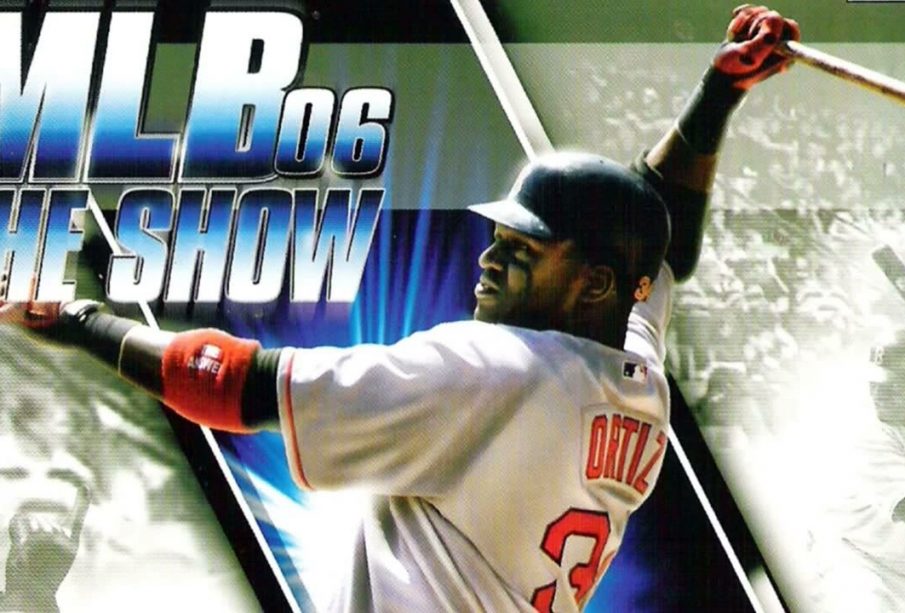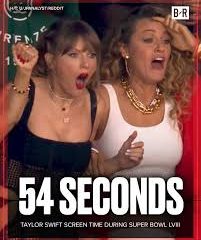Understanding the Art of Ditty: A Musical Expression

Introduction
Ditty, a term often used to describe a simple and catchy song or tune, holds significant cultural and emotional relevance in music. These short compositions can evoke a variety of feelings and are commonly used in different forms of media such as advertisements, films, and children’s music. In recent years, the role of ditty has expanded, shaping how artists express themselves and connect with audiences.
The Theme of Creativity in Ditties
Ditties are characterized by their simplicity and brevity, making them accessible to a wide audience. Whether it’s a catchy jingle or a memorable nursery rhyme, they are designed to be quickly understood and easily remembered. In the age of information overload, something as straightforward as a ditty grabs attention and leaves a lasting impression. Artists like Pharrell Williams and Taylor Swift have successfully utilized this format to enhance their music, proving that creative expressions don’t always have to be complex to resonate.
Current Trends in Ditties
In the realm of social media, short musical pieces have seen a significant rise in popularity. Platforms like TikTok have encouraged the creation and sharing of ditties, allowing them to gain traction in modern culture. Memorable phrases and tunes from these short snippets often result in viral trends, highlighting the power and influence of this musical format. Moreover, brands are leveraging the effectiveness of ditties in commercials to create memorable advertising experiences, acknowledging their ability to connect with consumers on an emotional level.
Future Prospects
As we continue to evolve in our digital landscape, the ditty will remain a vital aspect of musical expression. Its adaptability allows it to thrive across various media, and its intrinsic ability to convey emotions succinctly ensures it will not fade into obscurity. The integration of technology in music production also opens up new avenues for artists to create innovative ditties that challenge conventional norms. Looking ahead, it is likely we will see more artists experiment with this format, enriching the landscape of contemporary music.
Conclusion
In summary, the ditty serves as an important framework for understanding how simple musical expressions can shape and enhance creativity. Its significance in modern culture underscores its relevance to audiences of all ages. As we navigate through an increasingly fast-paced world, the ditty will continue to play a crucial role in connecting people through music, revealing the depth of human emotion in a few short notes.









